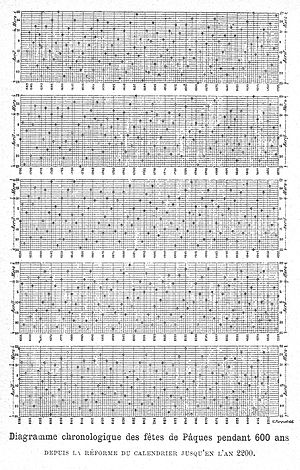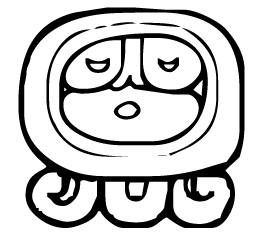
It’s easy to think up alternative calendars. The hard part is inventing one that people might actually bother to adopt. For this it must be a significant improvement over our current system – not as simple as it may sound. For though the Gregorian calendar is a bit of a mess, it is a good-enough solution to a surprisingly difficult question.
Think of how it evolved. Nature provides us with a rich system of clocks. Our orbit around the sun gives us our year, divided into days by the turning of the Earth, months and weeks by the phases of the moon. All very balanced and tidy and comforting – the universe is clearly organised.
I say ‘divided’ deliberately though. Imagine the feelings of the Babylonians and other early civilisations when they looked at this more closely. They were already beginning to discover the strange beauty of mathematics. Though devised to share out food and other supplies in communities that were becoming more complex than ever before, early mathematics was showing us that strange and alluring symmetries permeate creation.
And also, jarring asymmetries. Sixty, for example, was a great number because you can divide sixty things fairly between two, three, four, five or six people. But what if you have to divide sixty things between seven? Frustratingly, you cannot. Some mathematical relationships were troubling and unattractive.
You might expect that the heavens at least would be the realm of perfection, but the Babylonians were in for a shock. The number of days from one full moon to another was neither a round thirty nor a reasonable twenty-eight, but a just gratuitously annoying twenty-nine and a half. (A little more in fact, as we know now.) Nor was the number of months in a year a nice neat twelve, but a wholly unjustifiable twelve-and-slightly-more-than-one-third.
Well, that’s the moon. Why should we expect it to divide evenly into the cycles of the sun? At least the two solar cycles, day and year, would surely harmonise. But no; the year, to their immense frustration, was 365 and one quarter days long. And a bit. The heavens it seemed were not symmetrical and elegant, but a godawful mess. How did the ancient Babylonians respond? Like typical people. They ignored the ugly facts and went with the beautiful theory, declaring the year to be an eminently divisible 360 days in length, with twelve tidy months of thirty days each. It was harmonious, it was profound, it was utter bollocks. But it defended the idea of transcendental perfection.
While that may have been good enough for religion and philosophy, it was useless for agriculture or any sort of long-range planning. Pretty soon, as people found themselves going out to harvest corn on a mid-winter night in April, it was obvious that things were adrift. Their embarrassment lives on to this day, haunting your protractor, but with the missing five days restored, plus a quarter-day via the leap year and one or two other minor adjustments, Babylon’s calendar was made practical.
That surprisingly difficult question then was “Can the cycles of the sun and moon be harmonised?” The good-enough answer: “Absolutely. If you leave out the moon”. We abandoned any attempt to stay in time with the lunar cycle. Our calendar has things we still call months, but they’re too long and, unlike any actual orbit, they’re irregular. The advantage though is that unlike real months these stay locked in time with the seasons. July stays in summer, December stays in winter, and some years you can even tell the difference. This is of great practical value for farming and booking holidays.
But it’s sad that we lost the moon.
I believe the calendar can be reformed to include the lunar cycle, and that this will bring rewards. Rather unspecific rewards I admit, but getting back in sync with the lamp that lit the nights of our ancestors since the very beginning of life certainly sounds healthy. And I can promise that it will be spiritually very satisfying, if you consider it to be. At the least, we’d be able to say we found a solution to the issue the ancient Babylonians fudged.
How? Tomorrow!
Related articles
- Dump old, impractical calendar, researchers urge (mercurynews.com)
- Happy Same Year (i.doubt.it)



